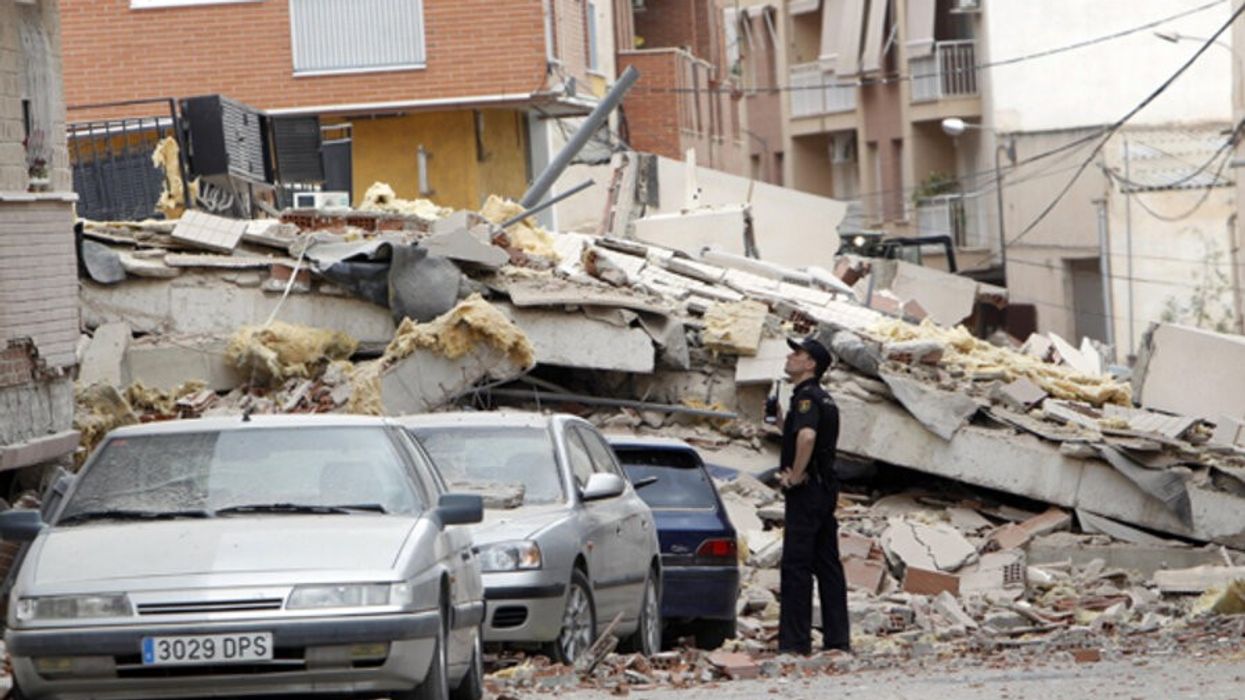by AMIT ROY
THE “best book I have ever read on the Empire”, was how journalist Sathnam Sanghera described Kim Wagner’s book, Amritsar 1919: An Empire of Fear & The Making of a Massacre, when they both appeared at the National Army Museum last Saturday (13) on the centenary of Jallianwala Bagh to discuss the atrocity.
Wagner, who teaches the history of colonial India and the British Empire at Queen Mary College, University of London, said it was important to dispel some of the many myths about the massacre.
Also appearing on the panel, which was chaired by Sanghera, were Amandeep Singh Madra and Parmjit Singh, who said they were helped by Wagner to put together their illustrated book, Eyewitness at Amritsar: A Visual History of the 1919 Jallianwala Bagh Massacre.
Wagner began by analysing the makeup of the 379 people killed in the shooting ordered by Brig Gen Reginald Dyer. Unofficially, Indian sources put the toll at between 500 and 1,000.
“Sikhs made up 15 per cent of the population of Amritsar in 1919,” he said. “And they made up – as far as we can tell – 30 per cent of those who were killed. More than 50 per cent were Hindus and the rest were Muslims.”
Later, he put the proportion of Hindus at 55 per cent.
“So, this is a Punjabi event, not a Sikh event,” he emphasised. “There were possibly
Sikh soldiers among those who fired. And it forces us to face the hard facts and perhaps reassess some of the assumptions we have.”
Another myth is that 120 bodies were recovered from the well in the garden, into which people allegedly jumped to try and dodge the soldiers’ bullets.
“There weren’t any bodies recovered from the well,” Wagner said.
Pressed by Sanghera to identify his sources, Wagner said: “I have not come across that in the primary evidence. When Motilal Nehru and (educationist and politician) Pandit Madan Mohan Malaviya go there after martial law has been lifted, they think they see something in the well, and it is a clay pot and a cloth.
“There are no bodies in the well, which does not change the horrific nature of the massacre. I think it is a confusion with the well in Cawnpore – European women and
children (were found there) in 1857.
“You can’t depict the massacre on TV without seeing people jumping into a well. It’s not factually accurate.”
Wagner added: “There is another possibility. The canal that feeds the tank runs right under Jallianwala Bagh. There is a manhole and there are people who went in there to hide from the bullets and some of them were killed. So maybe bodies were pulled out of the canal and, in the retelling, that became 120 people pulled out of the well.”
Another myth was about Udham Singh, the man who assassinated Dyer’s political boss and the military governor of the Punjab, Michael O’Dwyer, in London in 1940 and was hanged for the crime: “So much about Udham Singh has been created afterwards. He wasn’t present at Jallianwala Bagh.”
Wagner believes Dyer was not a lone rogue soldier, but that his actions reflected how India was ruled by the British. He was responding to a question about the British officer, who had once been very popular with his Indian soldiers and had, in fact, resigned from a club for British officers because of its racist policy of excluding Indians.
“Gen Dyer was typical of British military personnel and, sadly, they were all capable of carrying out these kinds of acts,” he replied.
Asked by Sanghera whether books such as his on Amritsar would still be relevant in six months when the centenary had passed, Wagner replied: “The Amritsar massacre is not just about one particular moment in time. Rather than a unique event, it is actually quite revealing of the way the British ruled India.”
Wagner, who is of Danish origin but has lived in the UK for 20 years, later revealed: “I am named after Kipling’s (1900) novel (Kim) and my parents took me to India when I was a baby. So, it’s in my blood. I have been to Amritsar every year for the past five years.”
He accepted there was “a big difference” in the response to Jallianwala between Indians in the UK and those in India: “The hyper nationalist sentiments in India are usually absent from the south Asian community in the UK.”
















